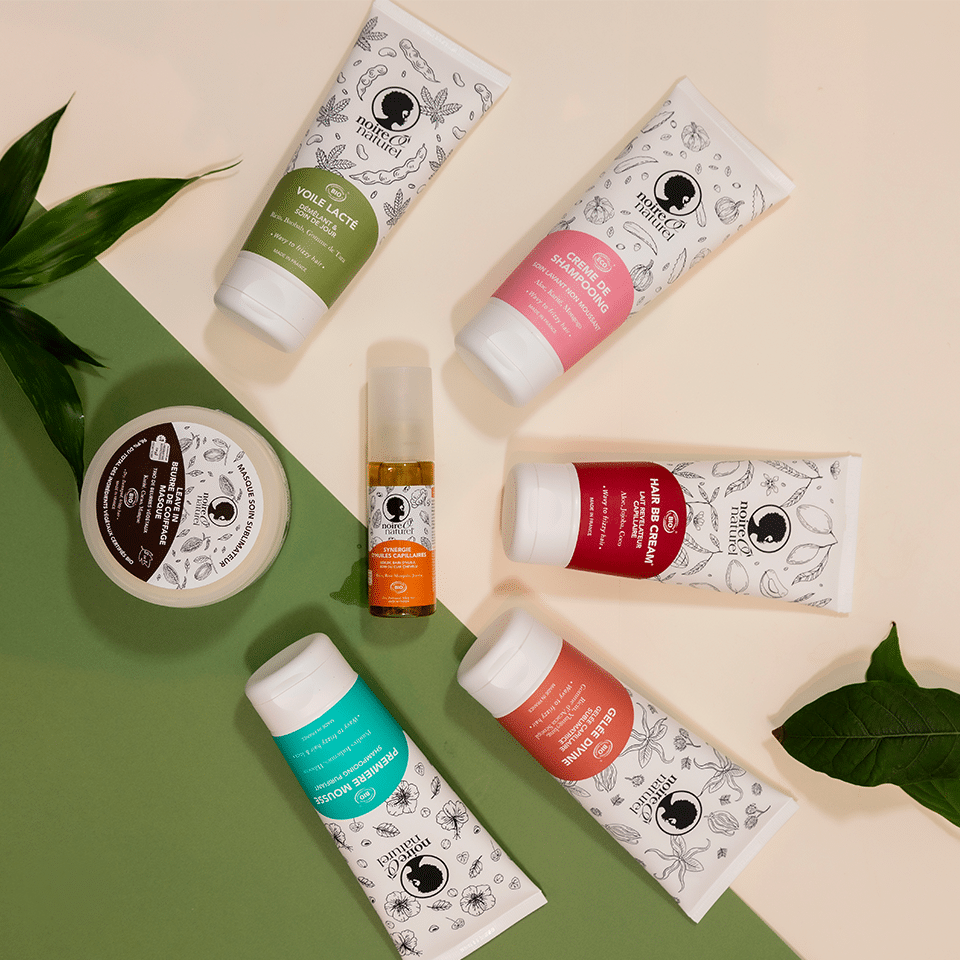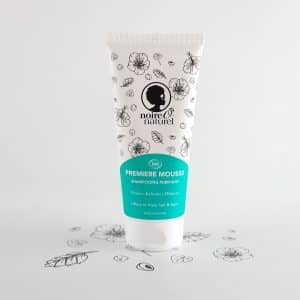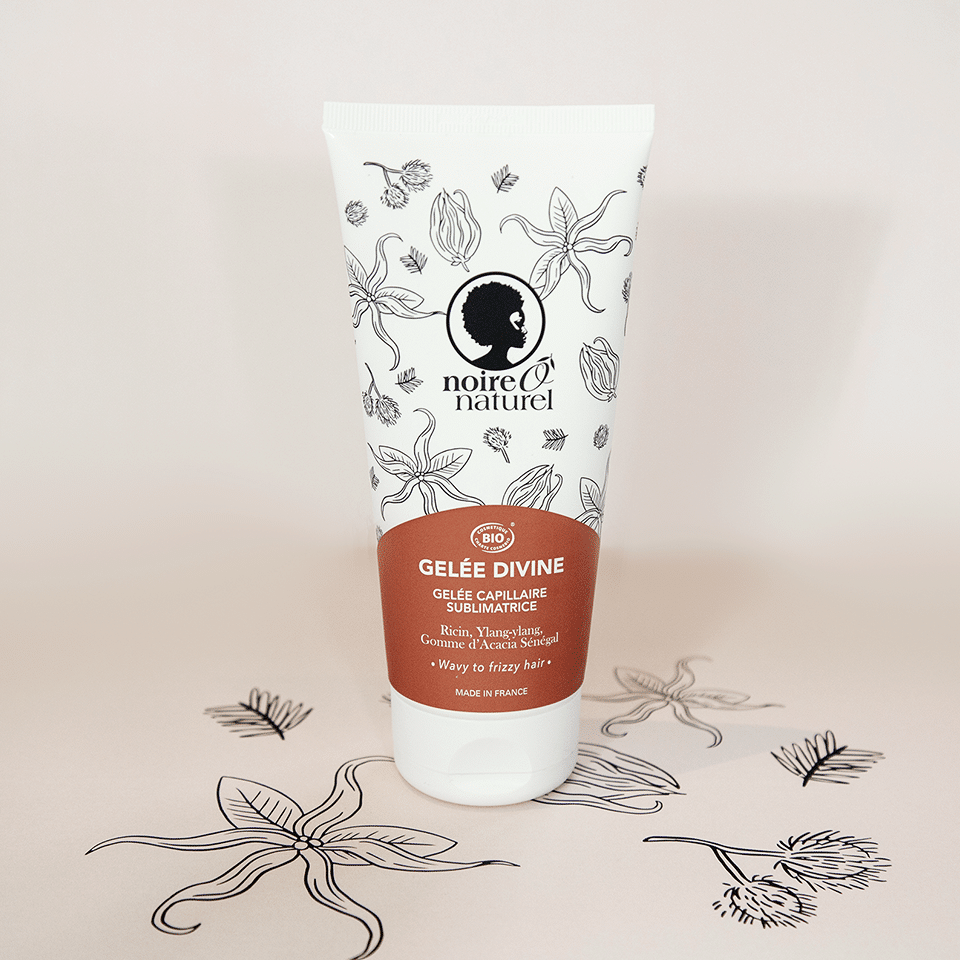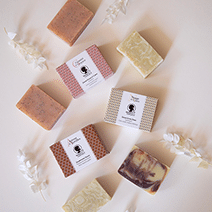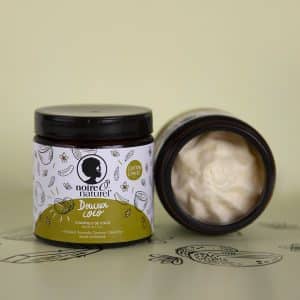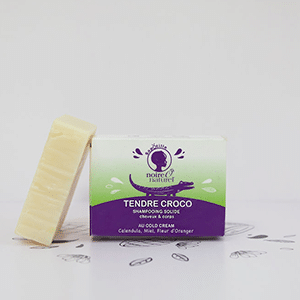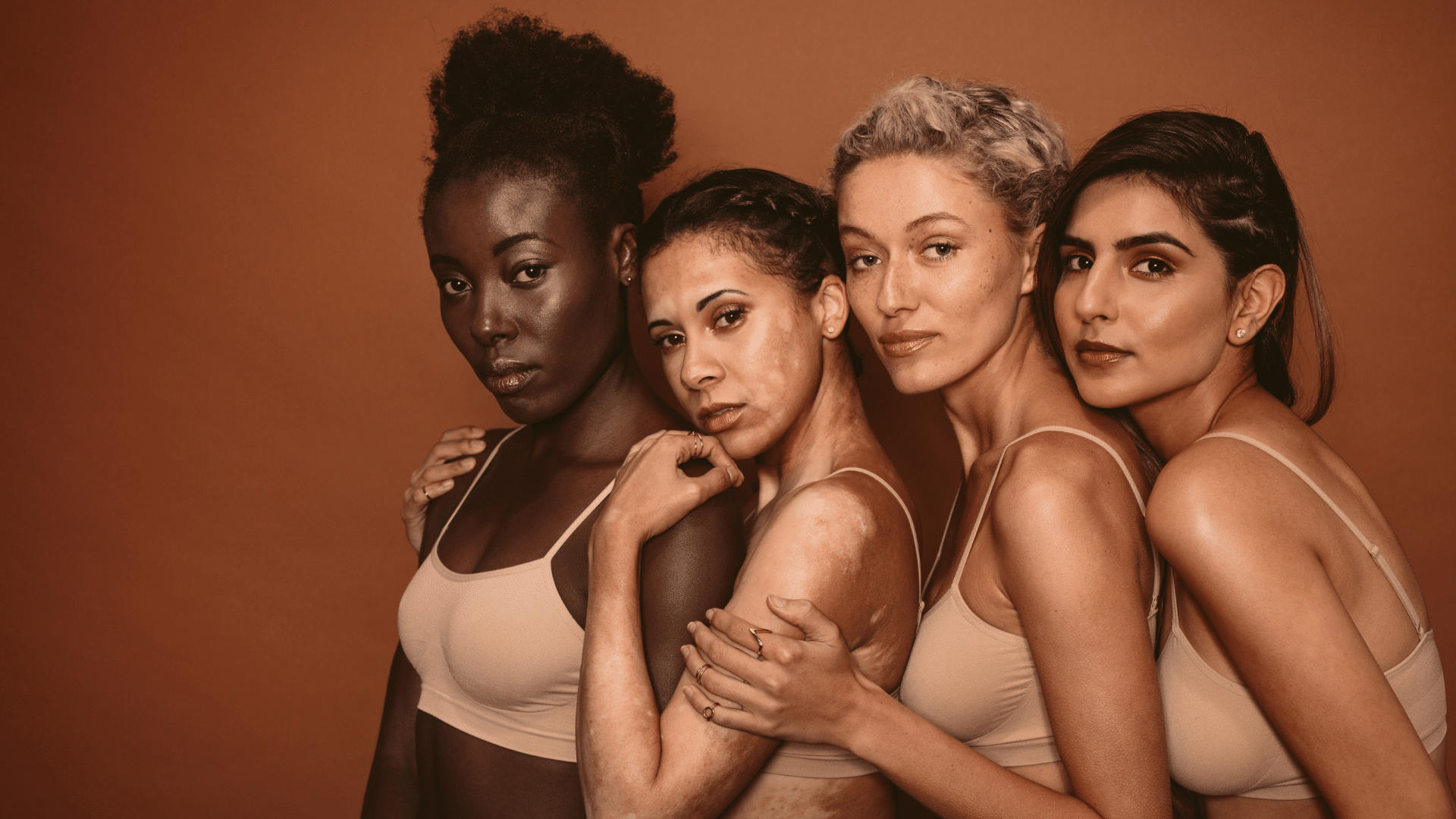Copyright photographie : Jacob Lund
All skin is different, and it can be difficult to know how to care for it properly. But understanding your skin’s specific needs is the key to creating the right skincare routine. Whether you’re new to skincare or looking to adjust your existing routine, here’s a guide to help you determine your skin type and care for it effectively.
The main skin types :

- Normal skin: Supple, well-balanced, neither too oily nor too dry. It has an even texture and natural hydration.
- Dry skin: Tends to be rough and tight, with areas of flaking. It may show signs of sensitivity.
- Oily skin: Often shiny, prone to imperfections, with dilated pores. May be prone to acne.
- Combination skin: A mixture of oily areas (often in the T-zone: forehead, nose, chin) and dry or normal areas on the rest of the face.
- Sensitive skin: Reacts easily to products, temperature changes or external aggression. It can be prone to redness and irritation.
Copyright : Puhhha
Visual examination :
Take a close look at your skin in front of a mirror, preferably in the morning when your face is clean.
- Normal skin: Balanced appearance, inconspicuous pores, even texture.
- Dry skin: Rough or flaky areas, may appear dull.
- Oily skin: Shiny, visible pores, blackheads or acne may be present.
- Combination skin: Oily areas in the T-zone, balanced elsewhere.
- Sensitive skin: Redness, skin reactions, feeling of discomfort.
The Mattifying Paper Test :
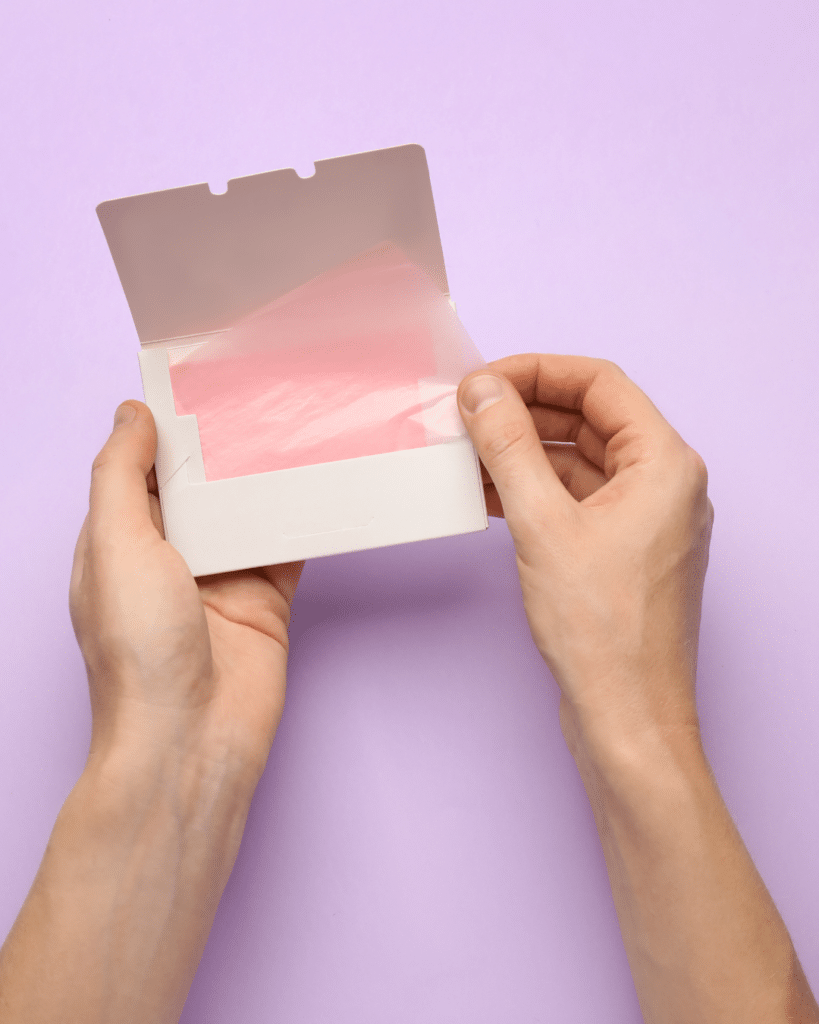
Place a piece of matting paper on different areas of your face:
- Normal skin: The paper will not show much oil.
- Dry skin: The paper will show little or no oil.
- Oily skin: The paper will absorb a significant amount of oil.
- Combination skin: The paper will be more absorbent in the T-zone.
- Sensitive skin: The paper will show a small amount of oil, but the emphasis is on skin reactions.
Copyright : Africa images
Listening to your skin :
It’s important to note how your skin reacts to different products. If it becomes irritated or red, or if pimples appear, this may indicate a particular sensitivity or reactivity. You need to listen carefully to choose the products that really suit you!
Please note: black or mixed-race skin has different needs. They tend to be drier than white skin in temperate regions. So you need to pay particular attention to moisturising them thoroughly.
Consultation with a skin care professional :
If you’re in any doubt about your skin type, you can seek advice from a dermatologist or beautician to help you identify your skin type more precisely and give you personalised advice.
Copyright : Andrey Popov
Knowing your skin type is a crucial step in establishing an effective skincare routine. By observing, testing and listening to your skin, you can begin to select the right products and techniques for its unique needs. With a personalised skincare routine, you can reveal your skin’s natural radiance and keep it healthy.

